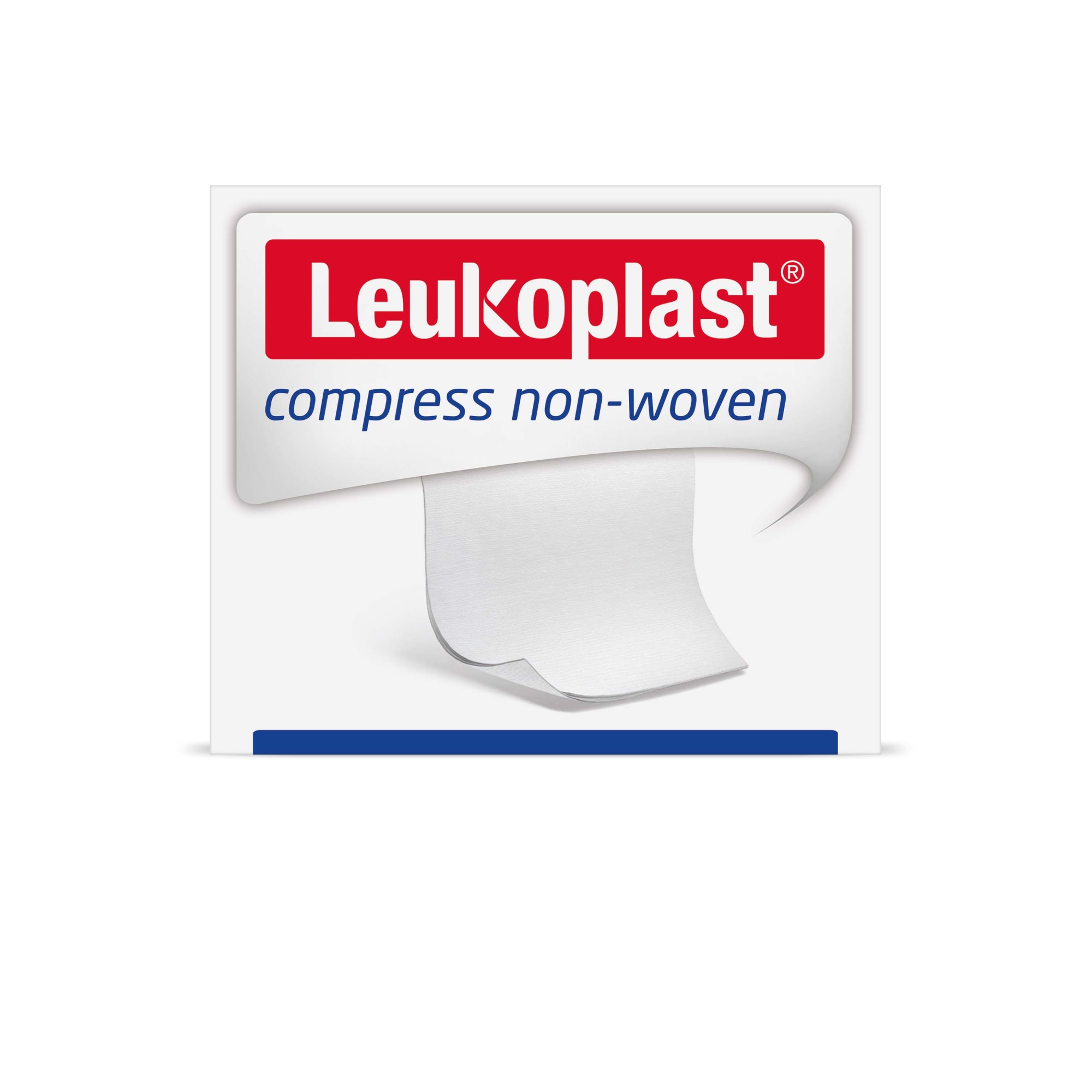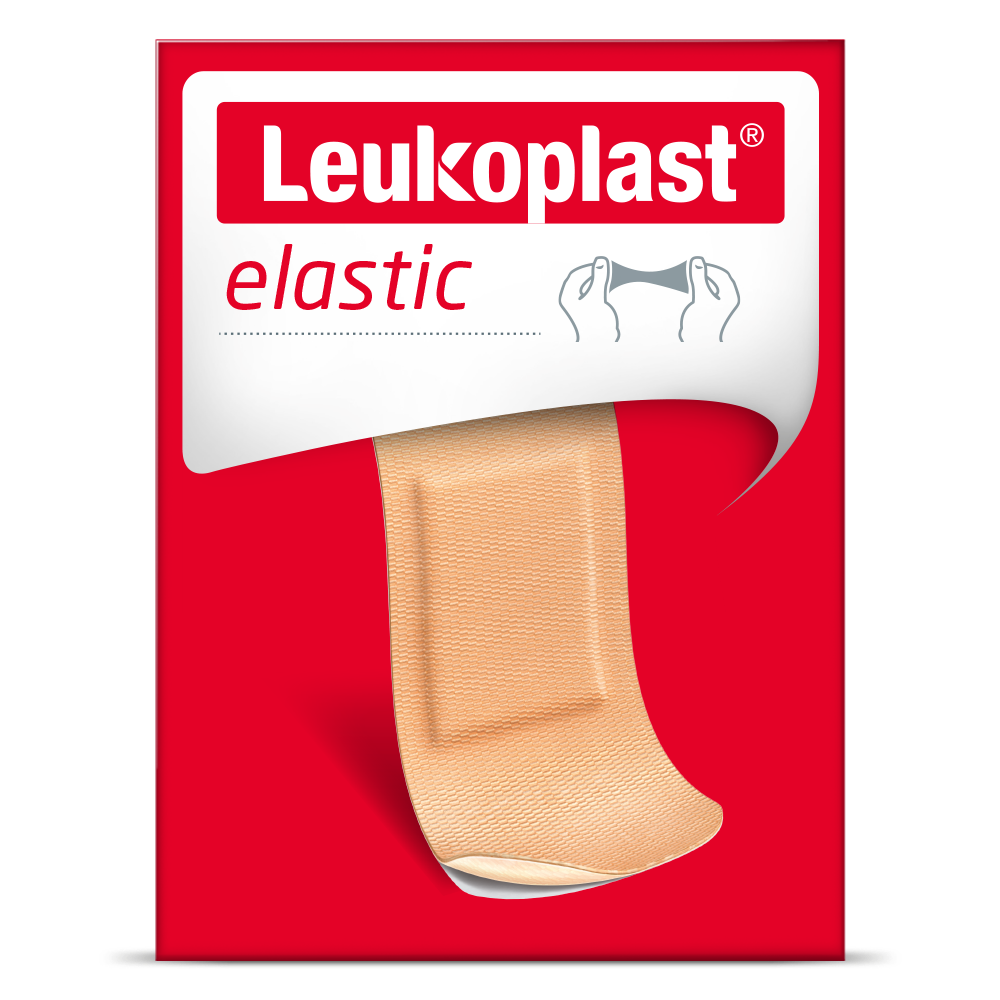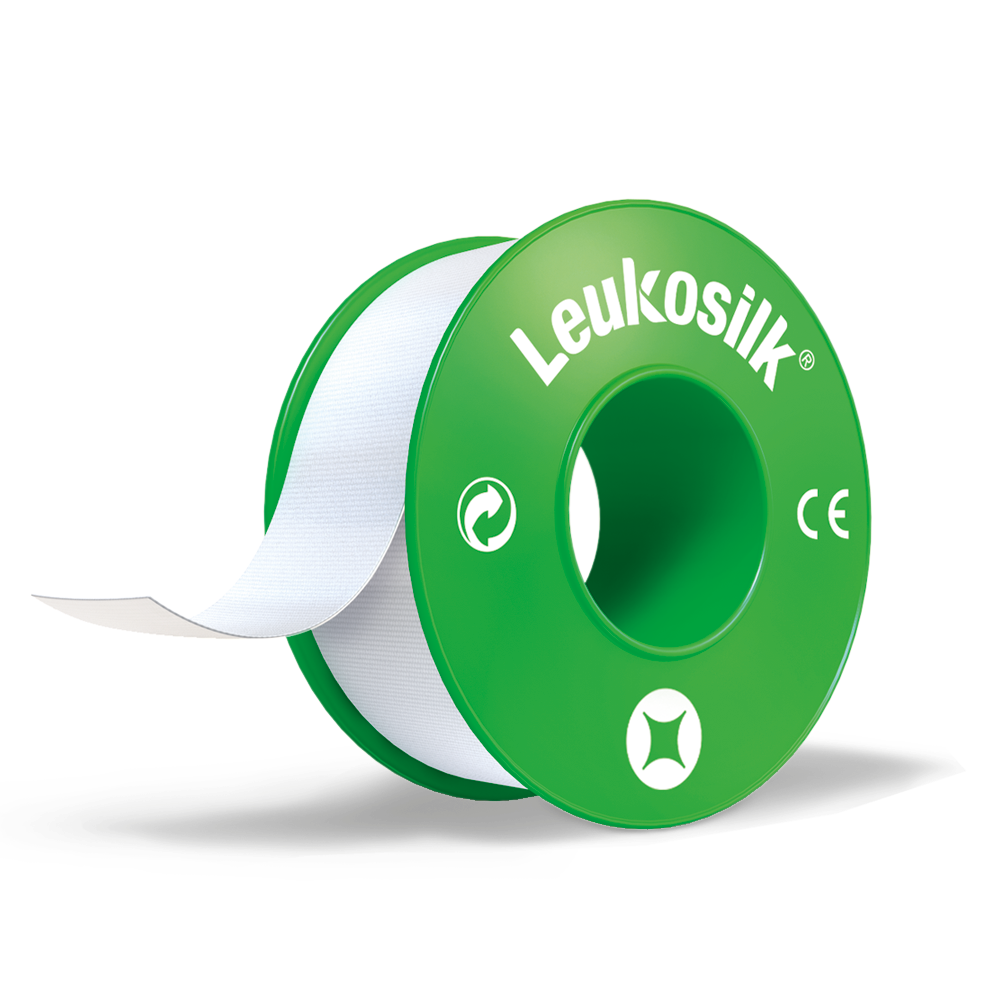First aid and safety
Injuries can happen in an instant. They can leave behind large or small wounds, but they always mean blood, risk of infection and pain. And that is precisely what first aid needs to focus on.
If you consider an injury serious, you should seek medical attention. But, as a first aider, you will still need to act. Blood loss and pain can cause shock, which is why the injured person should sit or lie down. Next, assess the wound. If the wound is bleeding, apply pressure using a clean and dry bandage towel or handkerchief for several minutes.
Clean the wound with drinking-quality running tap water.
Pat the area dry with a clean towel.1
An adhesive bandage (plaster) is enough for smaller wounds, while bigger wounds require sterile compresses or a dressing pack. A compression dressing should be placed on wounds that are bleeding heavily.
Don’t forget your own safety: if you are treating a heavily bleeding wound, wear disposable gloves to protect against infection.
For treatment steps for different kinds of wounds have a look at our wound advisor.
Most cuts are minor and can be dealt with at home. However, seek medical attention from a healthcare professional, if

Absorbent swabs used for wounds cleansing.

Elastic and adhesive first aid dressings for minor wounds, cuts or abrasions.

Breathable medical tape with high tensile strength, gentle on sensitive skin.